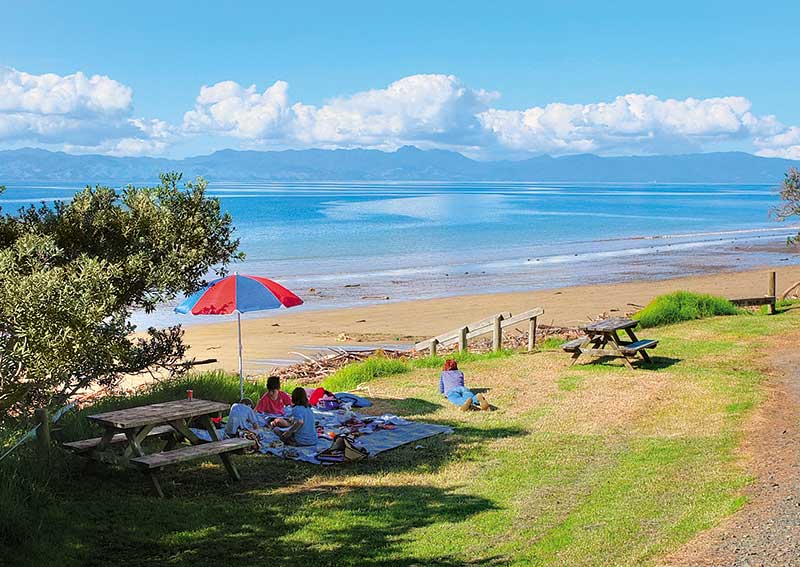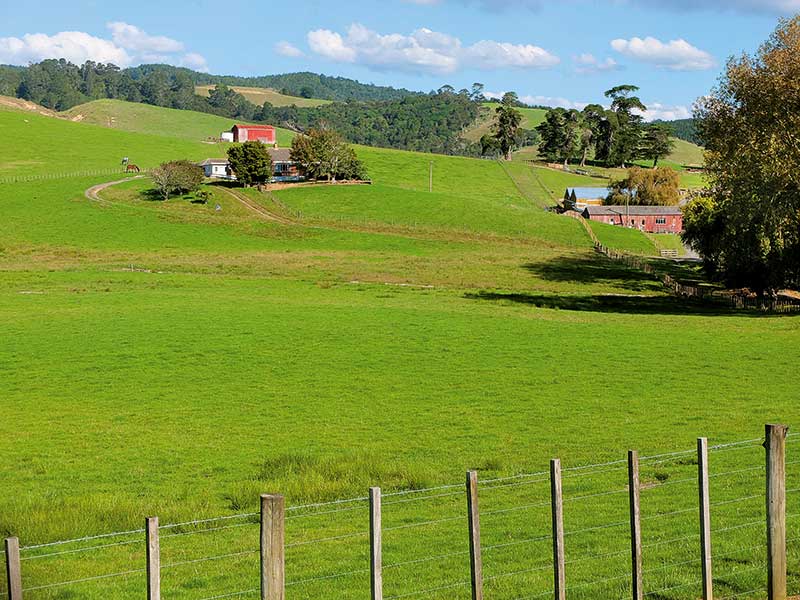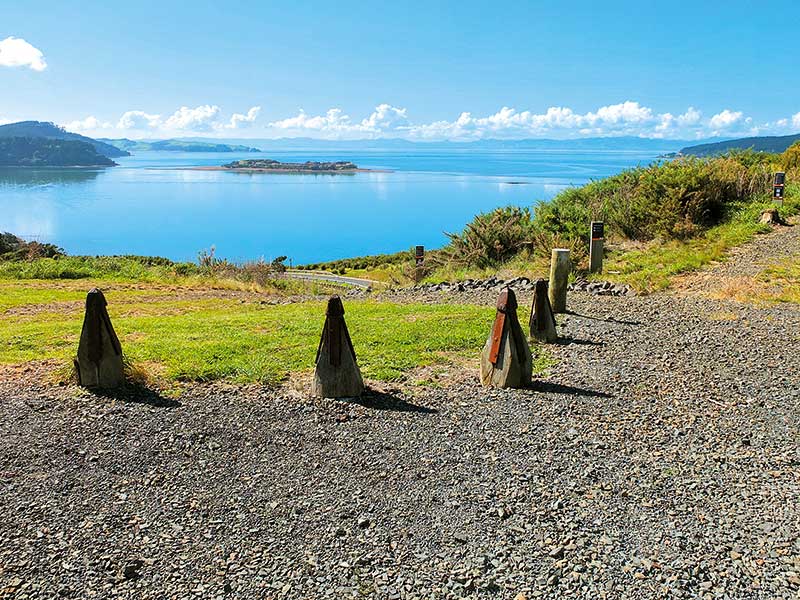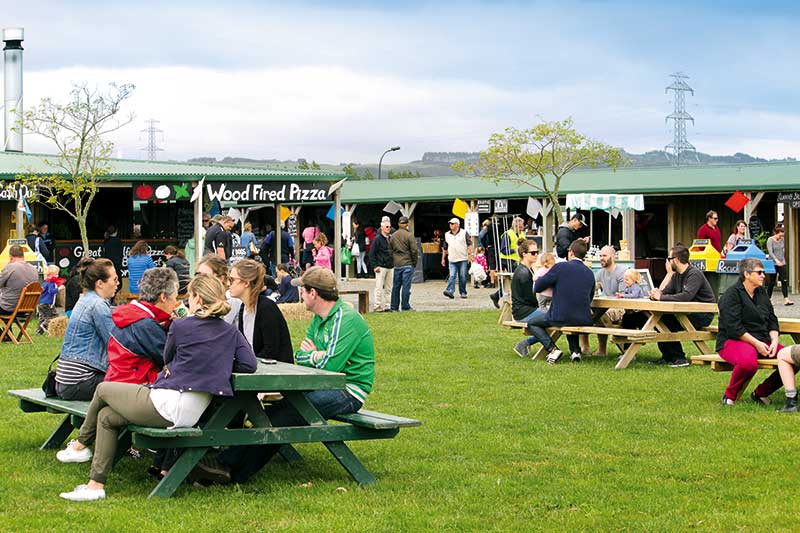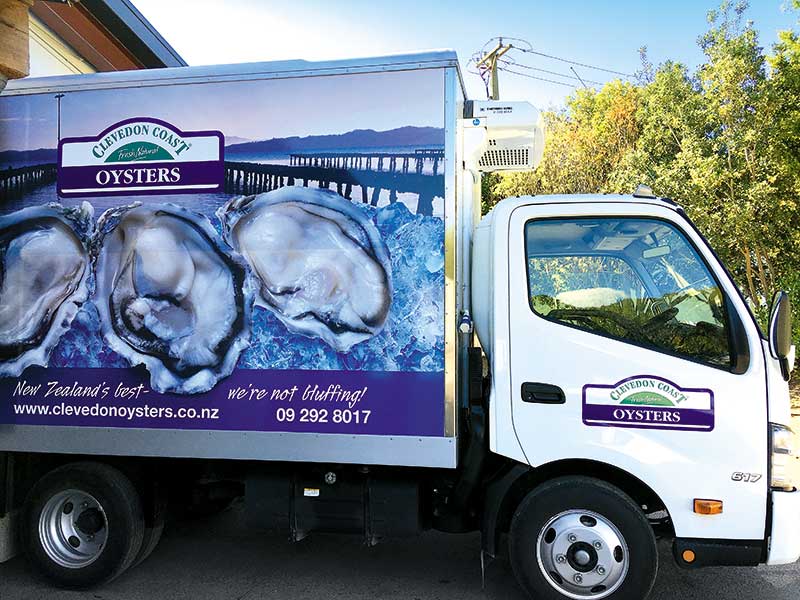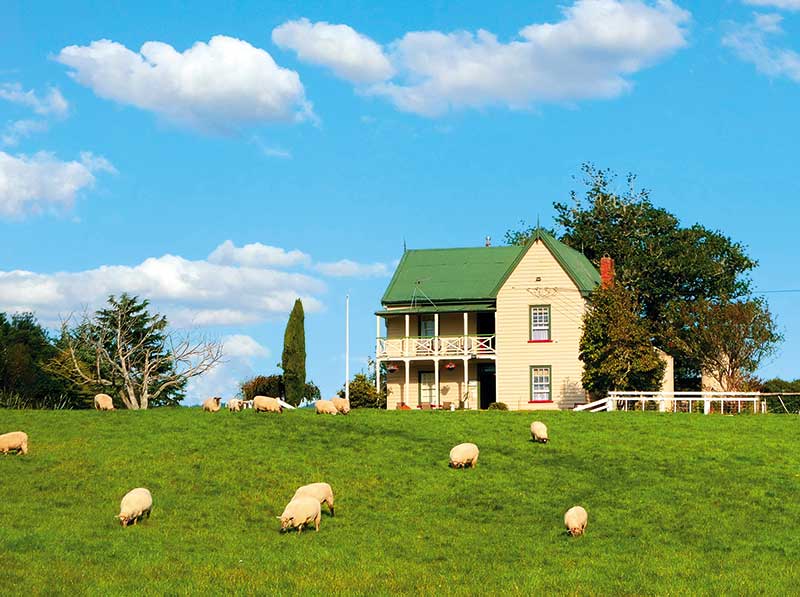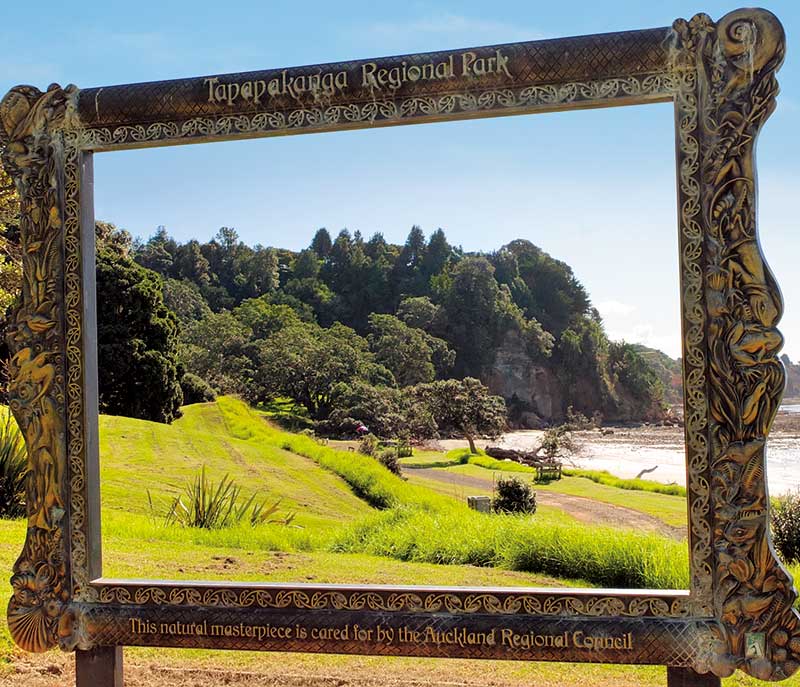On a cool and cloudless Sunday morning a few weeks ago, I enjoyed a breakfast of buffalo milk yoghurt, an empanada, and some Grandpa BB’s Bircher muesli.
The muesli is made by Kiwi, Frank Hogan, a criminal defence lawyer who, 40 years ago, developed his cereal products because he was frustrated at the lack of anything on the market that satisfied his muesli needs.
This was not at some smart cafe specialising in exotic dishes but at one of the best farmers markets in the Auckland region, which is held every week at the Clevedon Showgrounds.
Bill and I were on our way to the Coromandel and, being in no hurry to get there, we decided to take a more adventurous route than the one offered by SH1.
We put aside three days to explore Clevedon and the coastal road along the Firth of Thames. As it turned out, the extended time was a lucky call.
Despite the proximity of Papakura, its rumbustious neighbour, Clevedon, has retained a village character.
A tangle of quiet streets radiates out from its centre, which comprises a small community hall, service shops, boutiques, and galleries set up to entice visitors.
The main occupation around Clevedon is sport, especially equestrian, including a polo school and the well-known Auckland Polo Club, the sport’s largest venue in New Zealand.
Clevedon's game of polo
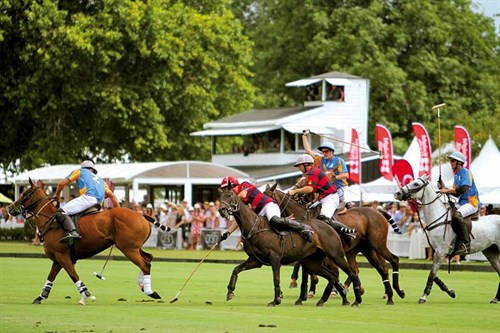
Polo matches are not just entertainment for those who move in horsey circles. About a year ago, I spent a hot Sunday at the Auckland grounds trying to fit in with the posh set from the city.
I remember the heat of the sun, a row of white tepee-shaped tents, the clack of the mallets, and the sound of thundering hooves as champagne fizzed on my tongue.
Polo dates back to around 600BC, but the modern version was founded by British officers in India after they saw the game played there. Its ritzy image, somewhat watered down, has remained ever since.
I didn’t really understand the game, which was fast and furious and looked brutal for both horses and riders, but I enjoyed the day.
The clubhouse and main field were badly damaged in the recent cyclones. Clevedon was one of the worst hit areas in the storms and three weeks later, cleaning up was still in progress.
Thame's oysters
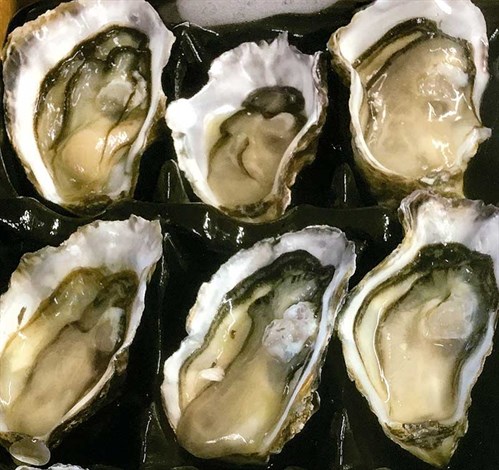
We left the village and drove towards the coast. The first glimpse of the Firth of Thames revealed a sheet of water so flat it looked like polished steel.
Stitched across its surface were rows of oyster racks. These mouth-watering shellfish are produced for Pahiki Farms, named after a small island in the bay.
Every year, around 600,000 dozen snap-frozen oysters are delivered to apan, Hong Kong, and China from the Clevedon oyster-processing factory on the foreshore of Kawakawa Bay. Happily for us, there was a shop in front of the factory where we could buy the delicacy and learn how it is harvested.
Clevedon oysters have a reputation to uphold. One of the company’s shuckers, Iosefa Kalasini, won the National Oyster-Opening Competition last year, which gave him entry to the Japanese Champs and then to the World Championship Oyster-Opening Competition in Galway, Ireland.
He’s had plenty of practice. A seven-year career now sees him shuck 485 oysters a day. Clevedon Coast Oysters’ slogan is ‘New Zealand’s best—we’re not bluffing’.
Bill and I agree. We bought two dozen, parked at Waitawa Park a little further down the road, and guzzled the lot.
Kawakawa Bay
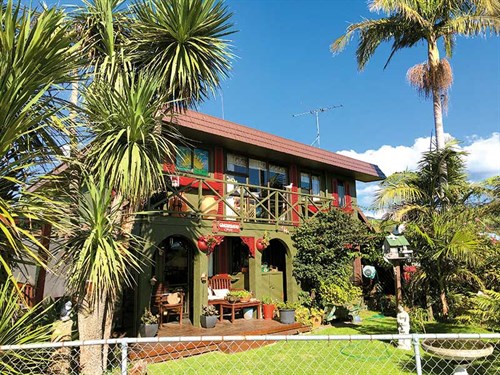
The road from here winds down to Kawakawa Bay with natty little cottages and some more substantial houses dotted along its foreshore.
The tide was far out revealing an expanse of glistening rocks and sand. Cockle harvesters were picking their way across the flats.
At the far reach of the bay is a boat club and, I was told, two of the best boat launching ramps in Auckland. There are apparently great fishing spots out on the Firth of Thames.
From the club, a track leads to the isolated Tawhitokino Regional Park. It takes about 30 to 40 minutes to walk there, and three hours either side of high tide, there is no access at all.
I haven’t nvdone this but I’m told that if I did, I would find a sweeping sandy beach
with a backdrop of regenerating forest—a great place for a picnic apparently.
It seemed a long way to go for a picnic.
Tapapakana Regional Park
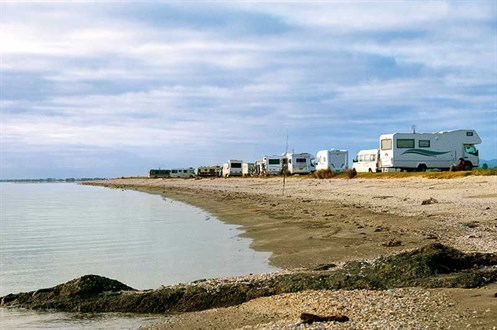
We drove on to Tapapakanga Regional Park to spend the night. The park has two campgrounds. The one right next to the beach is more appealing but alas, is not available for RVs. So instead, we stayed at the Seaview Camp up on a hill.
The name is fanciful as trees have grown up around the perimeter blocking most of the view. At night, bright stars wheeled across a dark sky and there was no sound except the occasional sigh of the sea.
I suppose we shouldn’t have been surprised the next day to find our onward journey curtailed. The road was still closed by slips from the catastrophic weather events in March.
We had to backtrack and reach Kaiaua from the Mangatangi-Kaiaua Road. This meant missing the two small regional parks along the coast, Waharau and Whakatiwai; both provide good access to the eastern side of the Hunua Ranges Regional Park should you want to go tramping there.
In the past, we’ve stayed at Waharau Regional Park in a pleasant bush campsite called Blackberry Flat (sans blackberries) and I remember we trudged off along the bush walk, which is a pleasant 40-minute stroll through native trees.
Five kilometres south, the Whakatiwai Regional Park is a rather scrubby, blink-and-you-miss-it sort of place but CSC RVers can park in the car park overnight if they book and pay camp fees.
From here, the settlement of Kaiaua is in easy reach. We freedom-parked at the welcoming Kaiaua Boat Club reserve.
I’d never pass this way without staying at least one night at Ray’s Rest. Although the sea is flat and grey and it’s often windy, I like the wide view of the firth and the unfettered reach of the shore.
It’s a place to go when you want to be in the middle of nowhere but not too far away from anywhere.
Bird watching on the Miranda coast
Close by is the godwits’ favoured summer resort, and every year in September, hundreds of twitchers (bird watchers) flock to the Miranda coast to witness the miracle of their arrival.
On the side of the road between Miranda and Kaiaua, the Miranda Shore Bird Centre has plenty of information about godwits and the 130 other bird species recorded along the coast.
From the centre, a two-kilometre walk or drive leads to two observation hides. In summer, go there two hours either side of high tide to witness the marvellous multitudes of wading birds.
This May, the migratory birds had already left but pied stilts, oyster catchers, and the odd wrybill still lingered to entertain us.
We also did our own bit of wading at the Miranda Hot Springs Pools down the road where we got into a lot of hot water— a situation not unknown to me! Next morning, we turned again to the east and drifted on towards Thames.
Note: The road from Clevedon to the coast should be open all the way. However, if you are going that way in the next month or two, it might still be wise to check.

